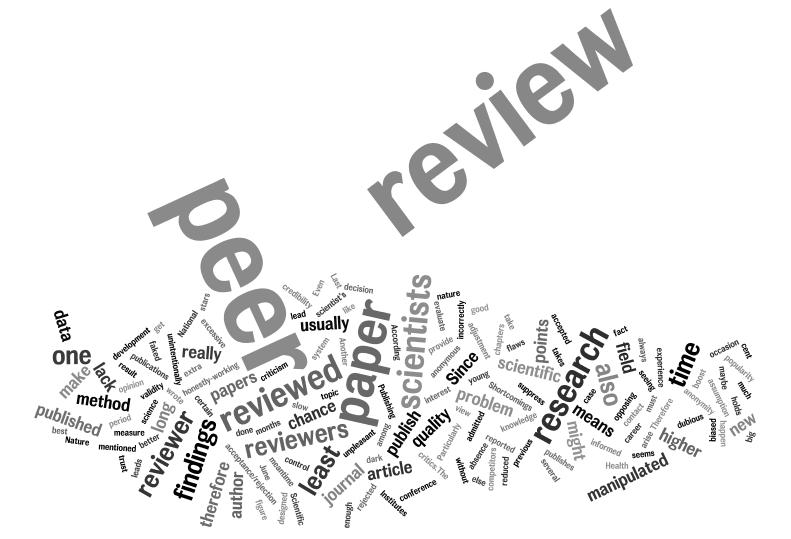A new article was published on myotonic dystrophy from a number of researchers in Spain. This was a broad review by many specialists. We do not yet have a full review of the article but when the full article is available we will review it more thoroughly. Here are a few key conclusions:

The genetic diagnosis of myotonic dystrophy should quantify the number of CTG repetitions. -reason this gives some idea of the severity of the disease
Myotonic Dystrophy patients need cardiac and respiratory lifetime follow-up. These symtoms get worse with time and must be tracked
Before any surgery under general anaesthesia, a respiratory evaluation must be done for myotonic dystrophy patients. surgery is serious and the anesthesiologist needs to know the strength of the respiratory system.
Dysphagia in myotonic dystrophy must be screened periodically. – This can cause severe problems and can give an idea of the progression fo the disease
Genetic counselling must be offered to patients and relatives with myotonic dystrophy.
Here is the abstract from pubmed
Neurologia. 2019 Apr 16. pii: S0213-4853(19)30019-2. doi: 10.1016/j.nrl.2019.01.001. [Epub ahead of print]
Clinical guide for the diagnosis and follow-up of myotonic dystrophy type 1, MD1 or Steinert’s disease.
[Article in English, Spanish]Gutiérrez Gutiérrez G1, Díaz-Manera J2, Almendrote M3, Azriel S4, Eulalio Bárcena J5, Cabezudo García P6, Camacho Salas A7, Casanova Rodríguez C8, Cobo AM9, Díaz Guardiola P4, Fernández-Torrón R10, Gallano Petit MP11, García Pavía P12, Gómez Gallego M13, Gutiérrez Martínez AJ14, Jericó I15, Kapetanovic García S16, López de Munaín Arregui A17, Martorell L18, Morís de la Tassa G19, Moreno Zabaleta R20, Muñoz-Blanco JL21, Olivar Roldán J4, Pascual Pascual SI21, Peinado Peinado R22, Pérez H23, Poza Aldea JJ10, Rabasa M24, Ramos A3, Rosado Bartolomé A25, Rubio Pérez MÁ26, Urtizberea JA9, Zapata-Wainberg G27, Gutiérrez-Rivas E28.
Author information
Abstract
BACKGROUND AND OBJECTIVES:
Steinert’s disease or myotonic dystrophy type 1 (MD1), (OMIM 160900), is the most prevalent myopathy in adults. It is a multisystemic disorder with dysfunction of virtually all organs and tissues and a great phenotypical variability, which implies that it has to be addressed by different specialities with experience in the disease. The knowledge of the disease and its management has changed dramatically in recent years. This guide tries to establish recommendations for the diagnosis, prognosis, follow-up and treatment of the complications of MD1.
MATERIAL AND METHODS:
Consensus guide developed through a multidisciplinary approach with a systematic literature review. Neurologists, pulmonologists, cardiologists, endocrinologists, neuropaediatricians and geneticists have participated in the guide.
RECOMMENDATIONS:
The genetic diagnosis should quantify the number of CTG repetitions. MD1 patients need cardiac and respiratory lifetime follow-up. Before any surgery under general anaesthesia, a respiratory evaluation must be done. Dysphagia must be screened periodically. Genetic counselling must be offered to patients and relatives.
CONCLUSION:
MD1 is a multisystemic disease that requires specialised multidisciplinary follow-up.
Copyright © 2018 Sociedad Española de Neurología. Publicado por Elsevier España, S.L.U. All rights reserved.
KEYWORDS:
Clinical guideline; Complicaciones; Complications; Disfagia; Distrofia miotónica tipo 1; Dysphagia; Enfermedad de Steinert; Guía clínica; Myotonic dystrophy type 1; Recomendaciones; Recommendations; Steinert’s disease

